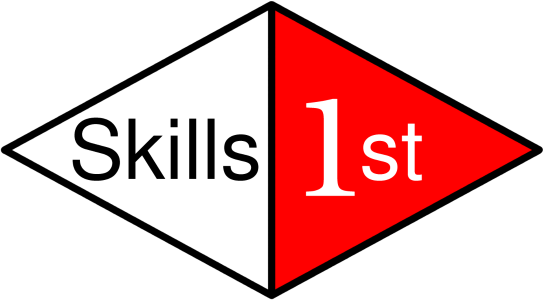LDAP Schema Design
Andrew Findlay
February 2005
Abstract
It is possible to make one LDAP directory serve many applications in an organisation. This has the advantage of reducing the effort required to maintain the data, but it does mean that the design must be thought out very carefully before implementation starts.
LDAP directories are structured as a tree of entries, where each entry consists of a set of attribute-value pairs describing one object. The objects are often people, organisations, and departments, but can be anything at all. Schema is the term used to describe the shape of the directory and the rules that govern its content.
A hypothetical organisation is described, with requirements for `white pages' directory service as well as a wide range of authentication, authorisation, and application-specific directory needs. The issues arising from the LDAP standards are discussed, along with the problems of maintaining compatibility with a range of existing LDAP clients.
Some options are examined for the layout of the directory tree, with particular emphasis on avoiding the need to re-organise it later. This involves careful separation of the data describing people, departments, groups, and application-specific objects. A simple approach to entry design is proposed, based on the use of locally-defined auxiliary object classes. The effects of schema design on lookup performance are discussed. Some design tricks and pitfalls are presented, based on recent consulting experience.
This paper was written for the UKUUG Winter Conference in February 2005. It is available in HTML and PDF formats:
- LDAP Schema Design paper (HTML)
- LDAP Schema Design paper (PDF)
See my complete list of papers for more on LDAP and other directory systems.

